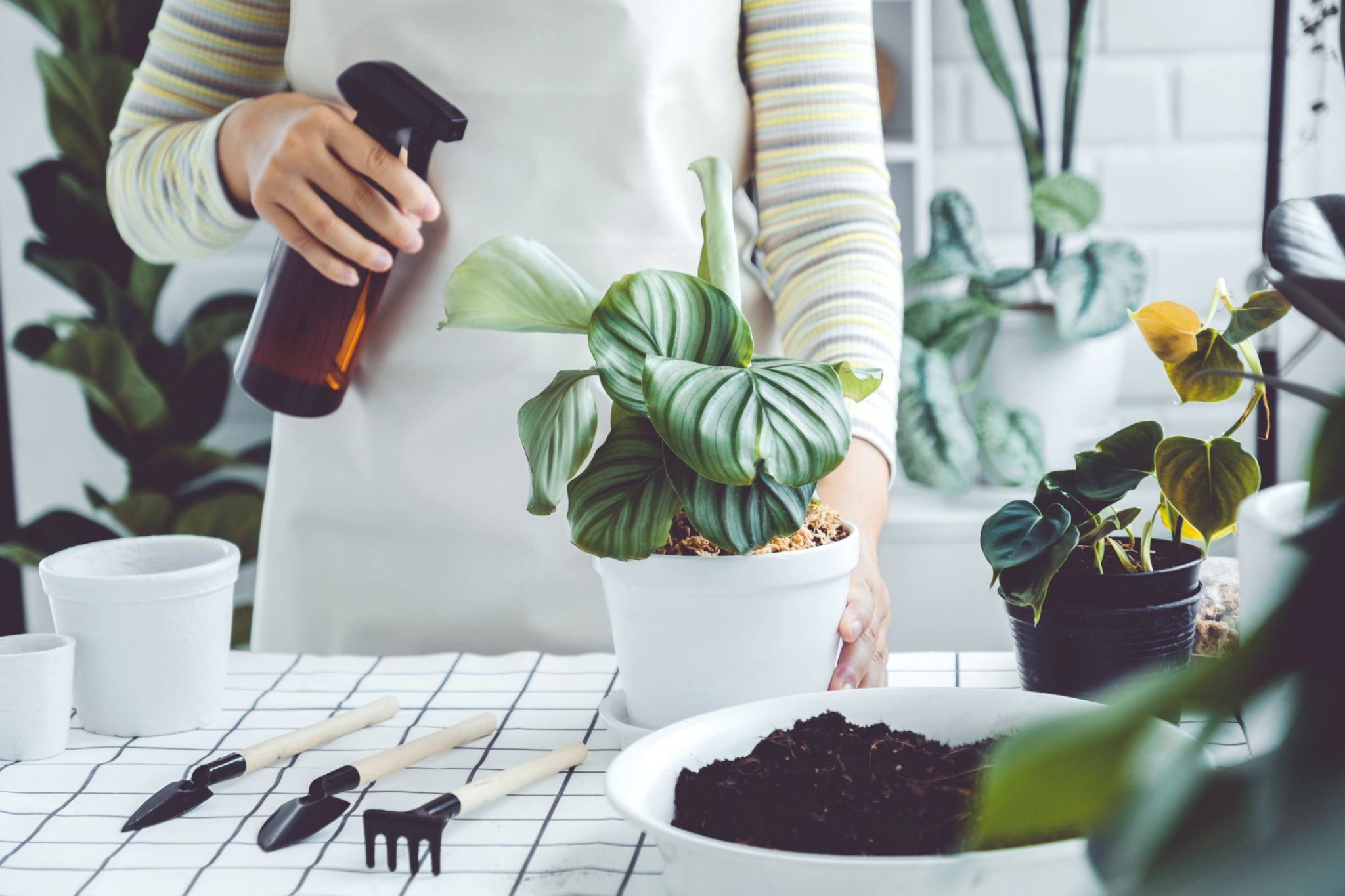Expert Tips on Maintaining Interior Gardens: A Sustainable Approach for Your Home
Understanding Interior Gardens
Interior gardens are a fantastic way to bring nature into your home, offering both aesthetic appeal and health benefits. They can range from small potted plants to elaborate vertical gardens. By maintaining an indoor garden, you are not only enhancing the beauty of your living space but also contributing positively to the environment.
Creating a sustainable interior garden involves thoughtful planning and execution. This ensures that your plants thrive while minimizing the environmental footprint. Here, we will explore expert tips to achieve a sustainable and flourishing interior garden.

Choosing the Right Plants
Selecting the appropriate plants is crucial for the success of your interior garden. It’s important to consider factors such as light, temperature, and humidity. Some popular choices for indoor gardening include succulents, ferns, and peace lilies. These plants are known for their adaptability and low maintenance requirements.
Light conditions play a significant role in plant health. Make sure to choose plants that match the lighting available in your home. For instance, snake plants and pothos thrive in low light, while herbs like basil and mint prefer bright, sunny spots.
Soil and Potting
The right soil and potting method can make a significant difference in the growth of your plants. Using organic soil mixtures can enhance sustainability by avoiding chemical fertilizers. Ensure that your pots have adequate drainage to prevent waterlogging, which can harm plant roots.

Consider using biodegradable pots or recycled containers to reduce waste. These eco-friendly options not only benefit the environment but can also add a unique touch to your home decor.
Watering Techniques
Proper watering is essential for maintaining healthy plants. Overwatering is a common mistake that can lead to root rot. To avoid this, always check the soil moisture before watering your plants. A moisture meter can be an excellent tool for ensuring the right hydration levels.
Adopting a sustainable approach, you can collect rainwater or use leftover water from cooking to hydrate your plants. This not only conserves water but also provides additional nutrients to your indoor garden.

Temperature and Humidity Control
Maintaining the right temperature and humidity is vital for the well-being of your indoor plants. Most indoor plants thrive in temperatures between 60°F and 75°F. During winter, ensure plants are not exposed to cold drafts from windows or doors.
Humidity can be increased by misting plants or using a humidifier. Grouping plants together can also create a microenvironment that retains moisture. These methods help create a nurturing atmosphere for your plants to flourish.
Pest Management
Indoor gardens are not immune to pests. Implementing natural pest control methods is essential to maintain a sustainable garden. Introducing beneficial insects like ladybugs or using neem oil can effectively keep pest populations in check.
Regularly inspect your plants for signs of pests or disease. Early detection allows for prompt action, preventing widespread infestations and ensuring your plants remain healthy.

Regular Maintenance
Consistent care is key to a thriving interior garden. Regularly prune dead leaves and stems to promote new growth. Rotate your plants periodically to ensure even light distribution, preventing one-sided growth.
Fertilizing your plants with organic options can provide necessary nutrients without harming the environment. Compost tea or homemade plant food can be excellent sources of nourishment.
Benefits of a Sustainable Interior Garden
Maintaining a sustainable interior garden offers numerous benefits, from improving air quality to reducing stress levels. A well-tended garden can enhance your living space, providing a sense of tranquility and connection to nature.
By implementing these expert tips, you can enjoy a beautiful and environmentally conscious indoor garden. Not only will you be contributing positively to your home environment, but you'll also be playing a part in promoting sustainability.